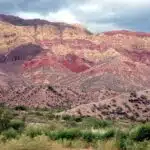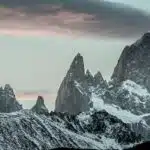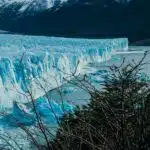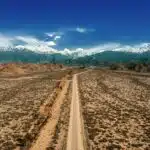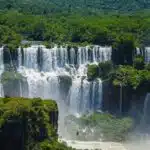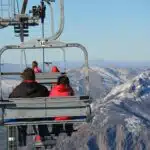Patagonia, a vast and breathtaking region located at the southern end of South America, is one of the world’s last true wildernesses. Split between Argentina and Chile, Patagonia offers an unparalleled adventure for nature lovers, hikers, and explorers. This region is known for its dramatic landscapes, ranging from towering mountains and immense glaciers to windswept plains and pristine lakes. In Argentina, Patagonia stretches from the Andes mountains in the west to the Atlantic coastline in the east, providing a wide array of landscapes and outdoor activities.
Highlights of Argentine Patagonia
Patagonia is a place where nature reigns supreme, offering visitors a chance to experience awe-inspiring scenery and encounter unique wildlife. Here are some of the must-visit destinations in Argentine Patagonia.
Los Glaciares National Park
One of the crown jewels of Argentine Patagonia, Los Glaciares National Park is a UNESCO World Heritage site and home to some of the most spectacular glaciers in the world. The most famous of these is Perito Moreno Glacier, a massive ice formation that stretches over 30 kilometers (19 miles) and stands out as one of the few glaciers in the world that is still advancing. Watching huge chunks of ice calve off into the turquoise waters of Lago Argentino is a mesmerizing and unforgettable experience.
For adventurous visitors, Los Glaciares National Park offers opportunities for glacier trekking, boat tours, and hiking through scenic landscapes. The park is also home to Mount Fitz Roy, one of the most iconic peaks in Patagonia and a favorite among trekkers and mountaineers.
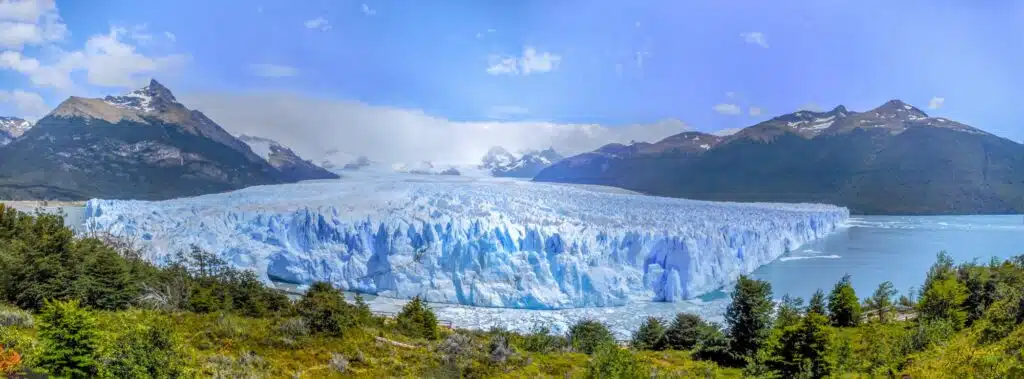
El Calafate
Located on the shores of Lago Argentino, the town of El Calafate serves as the gateway to Los Glaciares National Park. This charming town has become a hub for travelers looking to explore Patagonia’s glaciers, and it offers a range of amenities, from cozy lodges to gourmet restaurants. From El Calafate, visitors can easily access the Perito Moreno Glacier and other natural attractions in the area in the detailed article of El Calafate.
El Chaltén
Often referred to as the “Trekking Capital of Argentina,” El Chaltén is a small village located within Los Glaciares National Park and is the starting point for some of the best hikes in Patagonia. The trails around El Chaltén lead to stunning viewpoints of Mount Fitz Roy and Cerro Torre, both towering granite peaks that attract climbers and hikers from around the world. You can check the popular trek in this detailed article, which offer incredible panoramic views of glaciers, mountains, and turquoise lakes. Whether you’re an experienced hiker or a beginner, El Chaltén offers a variety of trails that showcase the rugged beauty of Patagonia.
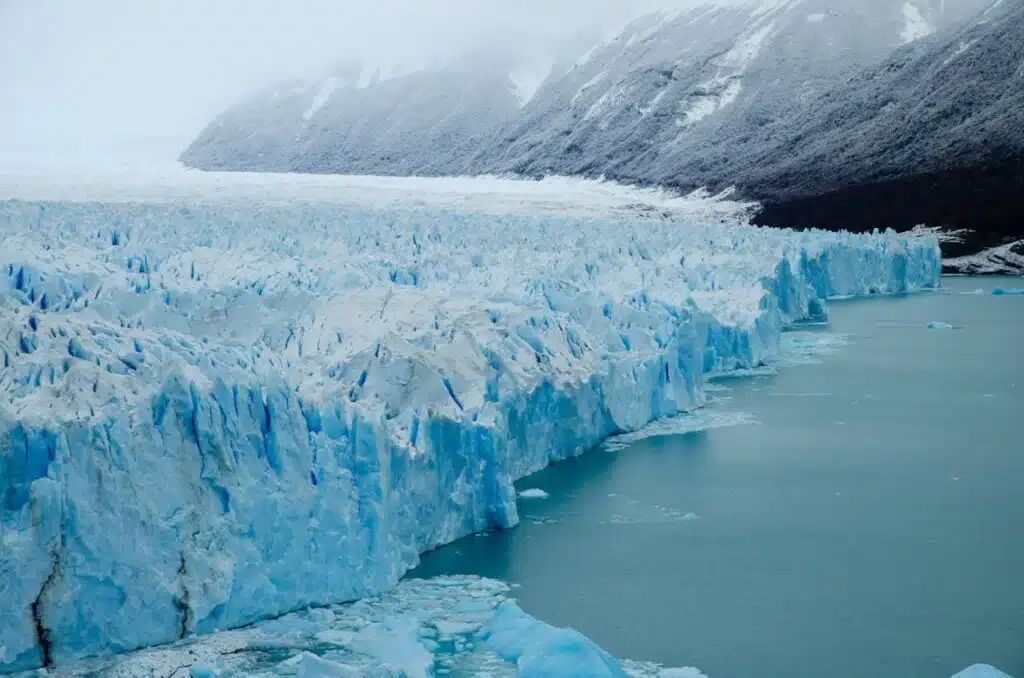
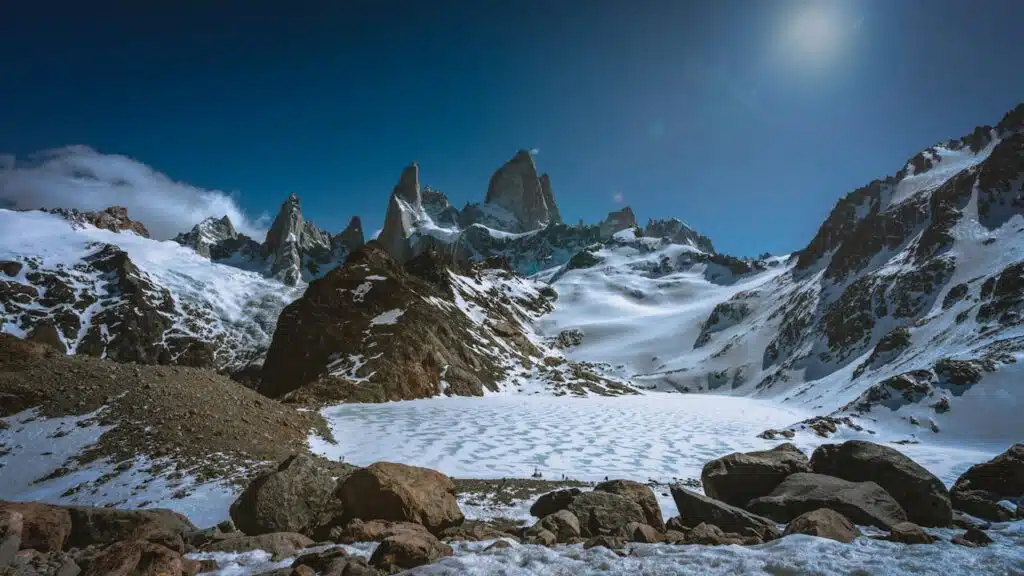
Peninsula Valdés
On the eastern coast of Patagonia lies Peninsula Valdés, a UNESCO World Heritage site and one of the most important wildlife reserves in Argentina. This area is a haven for wildlife enthusiasts, offering the chance to see a variety of marine animals, including southern right whales, orcas, elephant seals, and Magellanic penguins.
From June to December, the waters around Peninsula Valdés are one of the best places in the world to see southern right whales as they come here to breed. The area also offers opportunities for boat tours, wildlife safaris, and visits to colonies of penguins and sea lions.
Bariloche and the Lake District
For those seeking a mix of adventure and relaxation, the Lake District around San Carlos de Bariloche offers the perfect combination. This region is known for its beautiful lakes, dense forests, and snow-capped peaks of the Andes. Bariloche itself is a popular resort town known for its Swiss-inspired architecture and world-class skiing during the winter months.
The Lake District is a paradise for outdoor activities such as hiking, kayaking, and fishing in the summer, while winter sports enthusiasts can enjoy skiing and snowboarding at Cerro Catedral, one of South America’s premier ski resorts.
Tierra del Fuego
Located at the southernmost tip of South America, Tierra del Fuego is often referred to as “the end of the world.” This remote archipelago offers a rugged, windswept landscape of mountains, forests, and glaciers. The main gateway to Tierra del Fuego is the city of Ushuaia, the southernmost city in the world and a starting point for cruises to Antarctica.
Tierra del Fuego is perfect for those looking for off-the-beaten-path adventures, including hiking in Tierra del Fuego National Park, sailing through the Beagle Channel, and wildlife watching. The region is home to a variety of species, including seabirds, penguins, and sea lions.
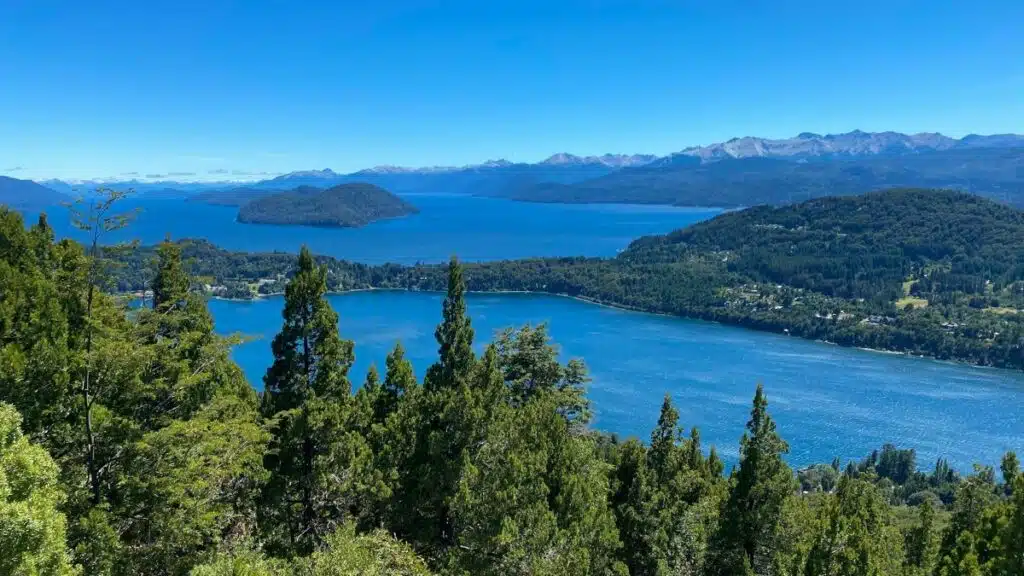
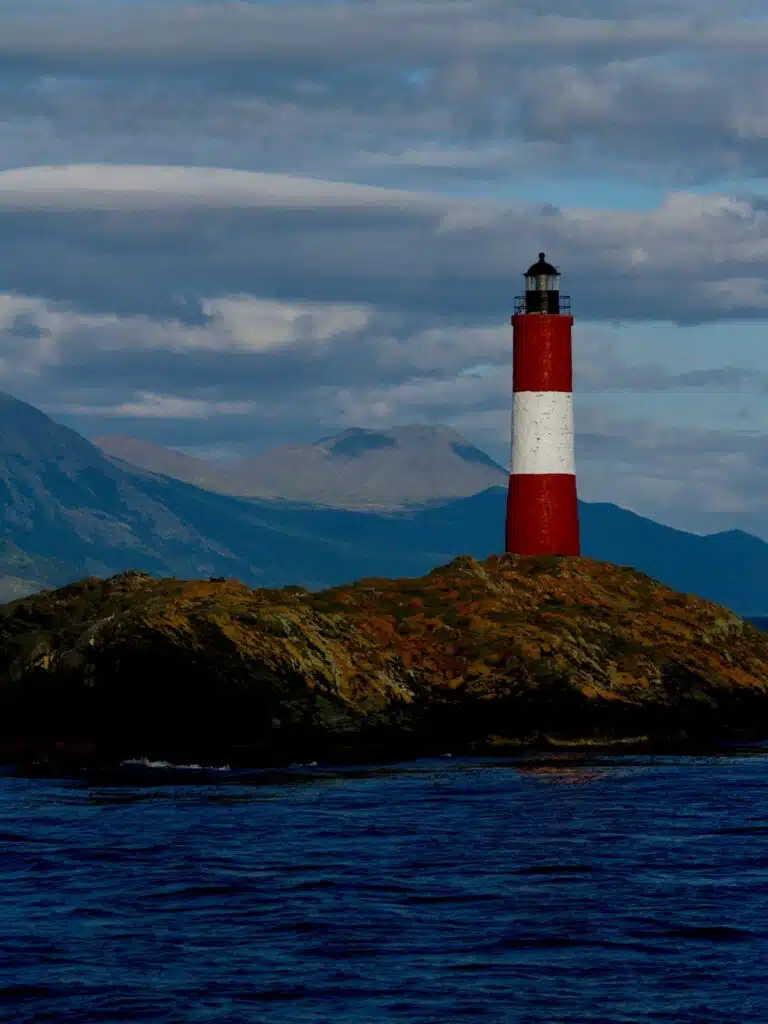
Patagonia’s Unique Wildlife
Patagonia is not just about dramatic landscapes—it’s also home to an abundance of wildlife. The wide-open steppe of the region is where you can spot guanacos (a relative of the llama), rheas (large flightless birds similar to ostriches), Andean condors, and even pumas if you’re lucky.
The coastal regions, especially around Peninsula Valdés and the southern islands, provide opportunities to see marine wildlife such as whales, seals, penguins, and dolphins. Patagonia’s diverse ecosystems make it a prime destination for wildlife enthusiasts and photographers.
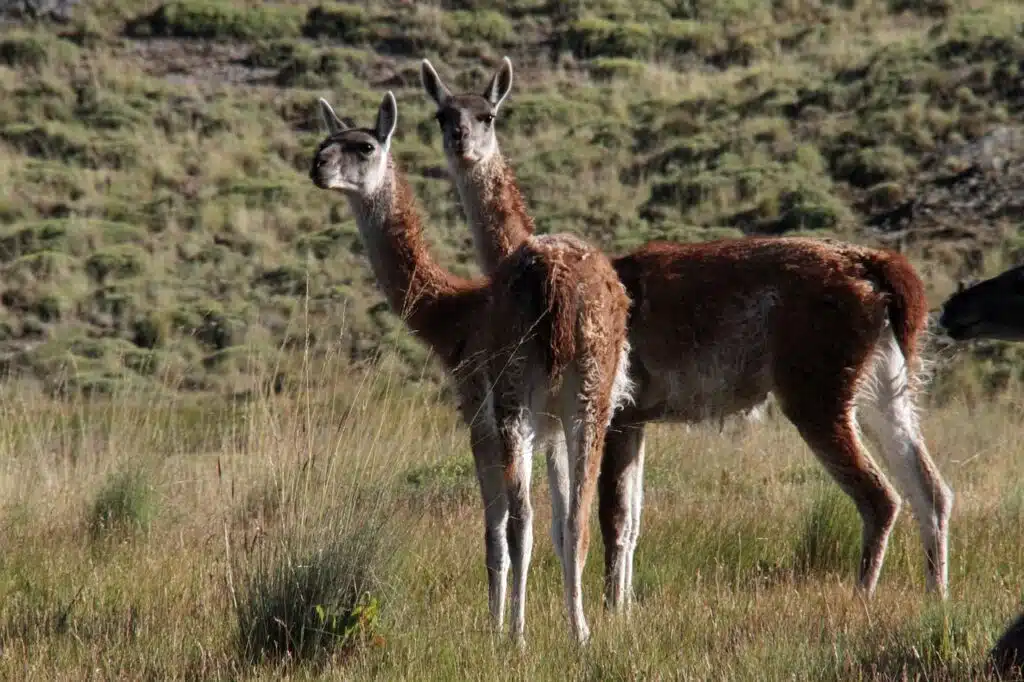
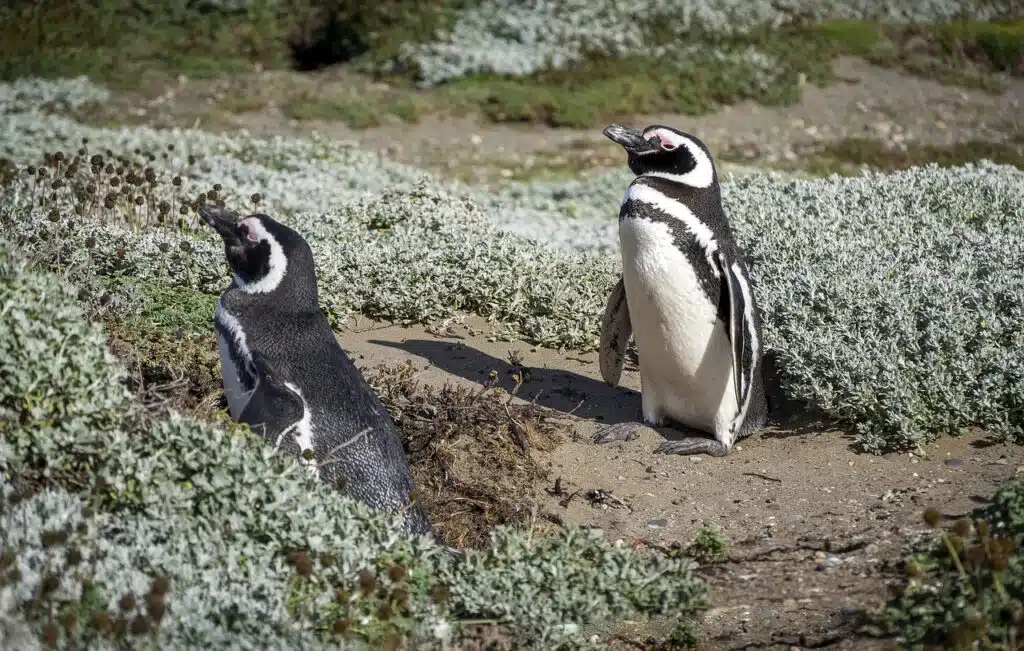
Tips to visit Patagonia
When to Visit Patagonia
The best time to visit Patagonia depends on what you want to do. The summer months (December to February) are ideal for hiking, trekking, and exploring the national parks, as the weather is mild and the days are long. However, this is also the busiest time of year, so popular destinations like El Calafate and El Chaltén can be crowded.
The shoulder seasons (spring in October-November and fall in March-April) offer fewer crowds, cooler temperatures, and stunning autumn foliage, especially in the Lake District and the forests around Mount Fitz Roy.
If you’re visiting for wildlife, the best time to visit Peninsula Valdés for whale watching is from June to December, while penguins can be seen from September to March.
Getting to Patagonia
Patagonia is a remote and vast region, so getting around can require some planning. Most visitors fly into major cities such as El Calafate, Ushuaia, or Bariloche, which are served by regular flights from Buenos Aires. Once in Patagonia, renting a car or joining a guided tour is often the best way to explore the region’s remote areas.
For those looking to visit multiple destinations in Patagonia, domestic flights and long-distance buses connect the main towns, though travel times can be long due to the region’s size.
Patagonia is a place that captivates the soul, with its untamed wilderness, towering peaks, and unique wildlife. Whether you’re hiking the rugged trails of Los Glaciares, cruising among icebergs, or watching whales off the coast, Patagonia offers an adventure like no other. This vast, remote region is a testament to the raw beauty of nature and is sure to leave a lasting impression on all who visit.

